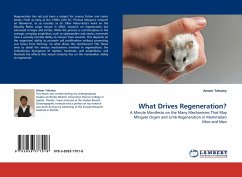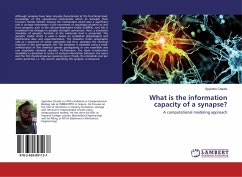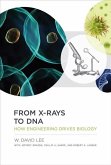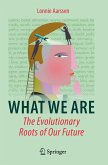Regeneration has not just been a subject for science fiction and comic books. From as early as the 1900's with Dr. Thomas Morgan's research on flatworms, to as recently as Dr. Ellen Heber-Katz's work on the Murphy Roths Large mouse in 2004, research on regeneration has advanced in leaps and strides. While the process is commonplace in the average, everyday amphibian, such as salamanders and newts, mammals have a severely stunted ability to recover from wounds. This depends on the organisms' ability to promote cell proliferation without promoting scar tissue from forming. So what drives this mechanism? This thesis aims to detail the various mechanisms involved in regeneration, the evolutionary divergence of reptiles, mammals, and amphibians, and illustrate the effects that sexual maturity has on the mammalian ability to regenerate








